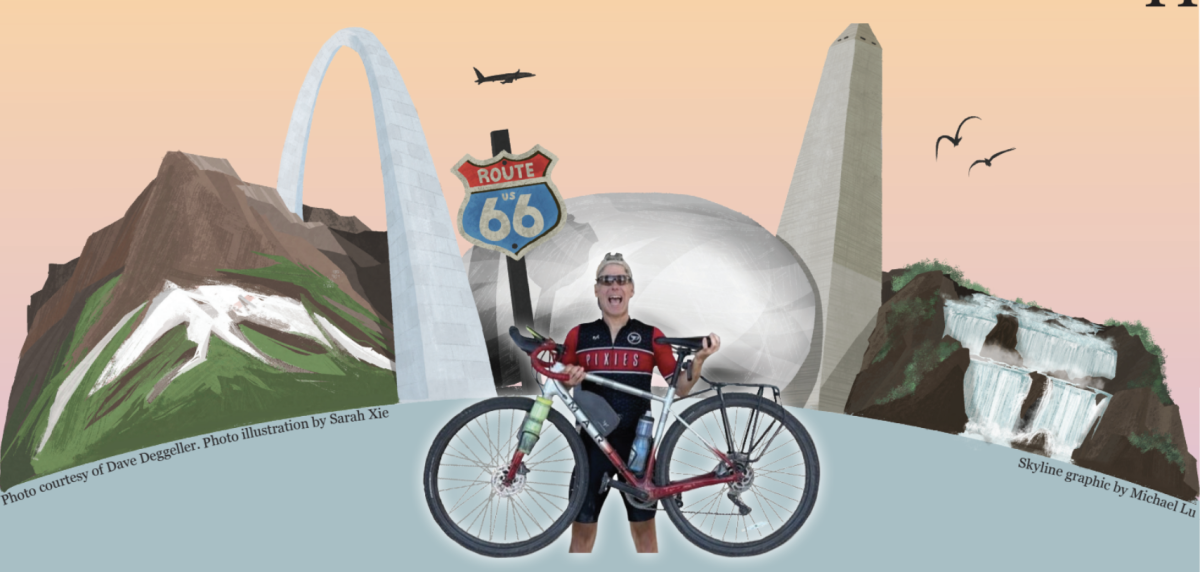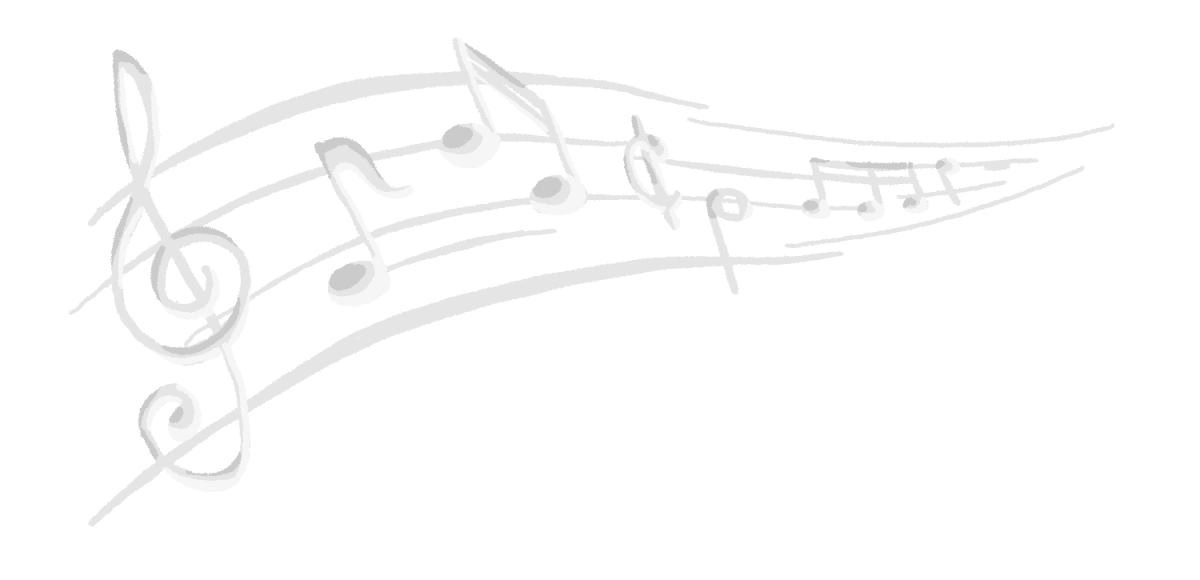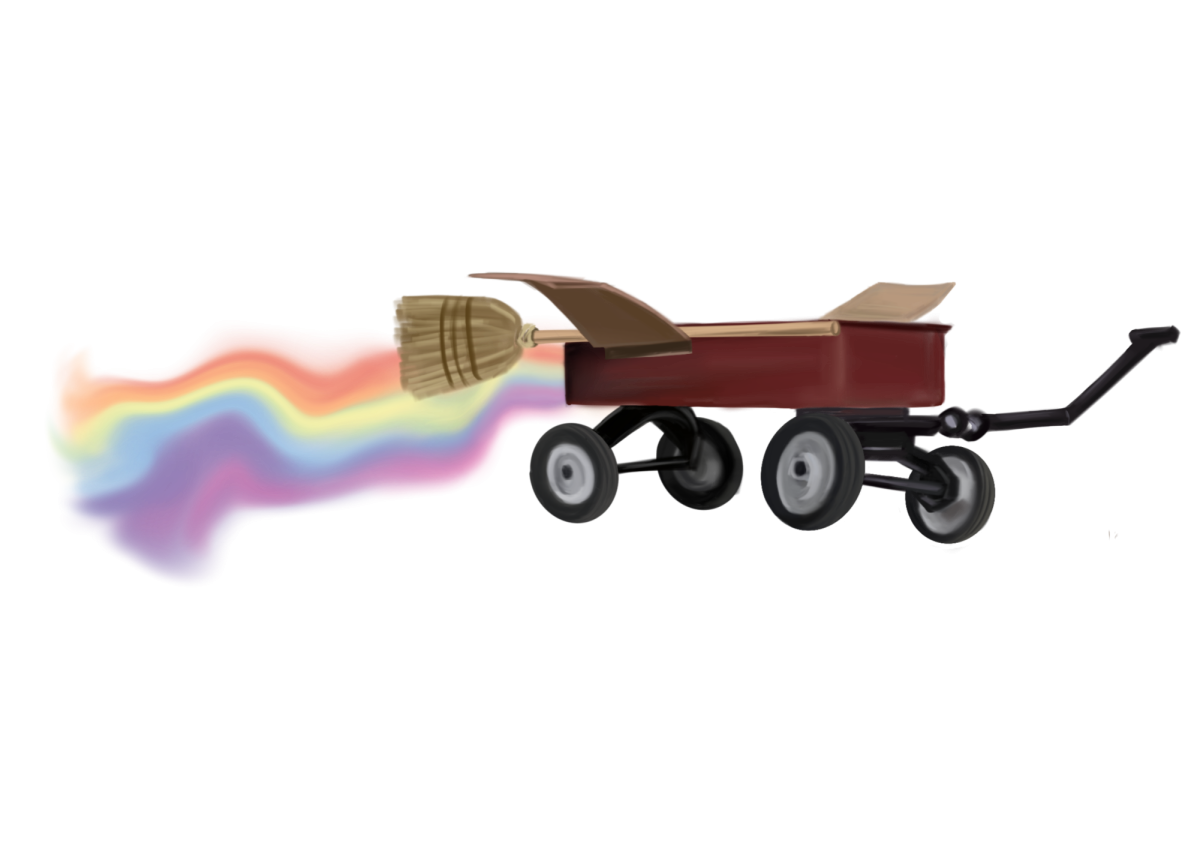by: Ben Atlas
photos by: Jonathan Yong

Each Thursday, teachers vanish. In F period, they’re in class like everyone else. The moment the bell rings, they warp themselves into a time-space continuum known only to students as the teacher meetings.
According to English Instructional Supervisor (IS) Ellen Feigenbaum, there are different types of meetings teachers attend. Each Thursday after school, the administration hosts one of several styles of meetings, two of which are staff meetings and department meetings.
The most common type of meeting are staff meetings. Staff meetings are akin to an average class in a student’s curriculum. “The entire Gunn staff is required to attend these meetings; they are facilitated by Ms. Villalobos,” Feigenbaum wrote in an email. “We address issues that affect the entire school, such as California High School Exit Exam (CAHSEE) testing, and propose changes to the schedule [and] student stress.” In fact, the format is identical to a required history course—a contemporary history of Gunn.
In such a class, students are taught current events and notable happenings around the world. In staff meetings, the format is similar but on a smaller scale. Teachers discuss various happenings around campus and how they affect each student, teacher and other staff members.
Another style of meetings, departmental meetings, is more like a teacher’s elective. Each different department, such as the English or math departments, has its own separate meeting. According to social studies teacher Arthur Kinyanjui, important policies are laid out, deliberated upon and voted on during departmental meetings. Policy issues include Advanced Placement (AP) and honors class admissions and collaboration between teachers on lesson plans and course curriculum.
Professional developmental meetings, the least common type of meeting, are even more focused than departmental meetings. Each teacher chooses to attend one of ten professional developmental meetings, which are held once each month.
Professional developmental meetings can range from planning Not in Our Schools Week to collaborating on lesson plans. Professional meetings are akin to a teacher’s extracurricular activity: an activity that, while work-related, relates to whatever interests each specific teacher.
Though some teachers may view the meetings as tedious, the meetings are necessary to increase teacher communication. “I wouldn’t say that most teachers find the meetings ‘enjoyable’ per se,” Feigenbaum wrote, “However, between class preparation, grading, responding to student and parent communications, handling specific student needs and class time itself, there is virtually no other opportunity for teachers to gather as professionals and discuss the broader issues that affect the individual departments and the school as a whole.”
Kinyanjui feels the same way. “I always feel that I have learned something new. Most of the time, resolutions are reached and sometimes more questions are raised,” he said. “Whether or not I enjoy meeting depends on how productive I judge each meeting to be.”
Thursday meetings seem to be the backbone of collaboration between the staff members. Just as classes form a student’s curriculum, meetings shape a teacher’s schedule, and are an integral part of a teacher’s job. “All would agree that they play an important role in fostering a sense of collegiality among the staff and advancing the needs of the school community,” Feigenbaum said.












